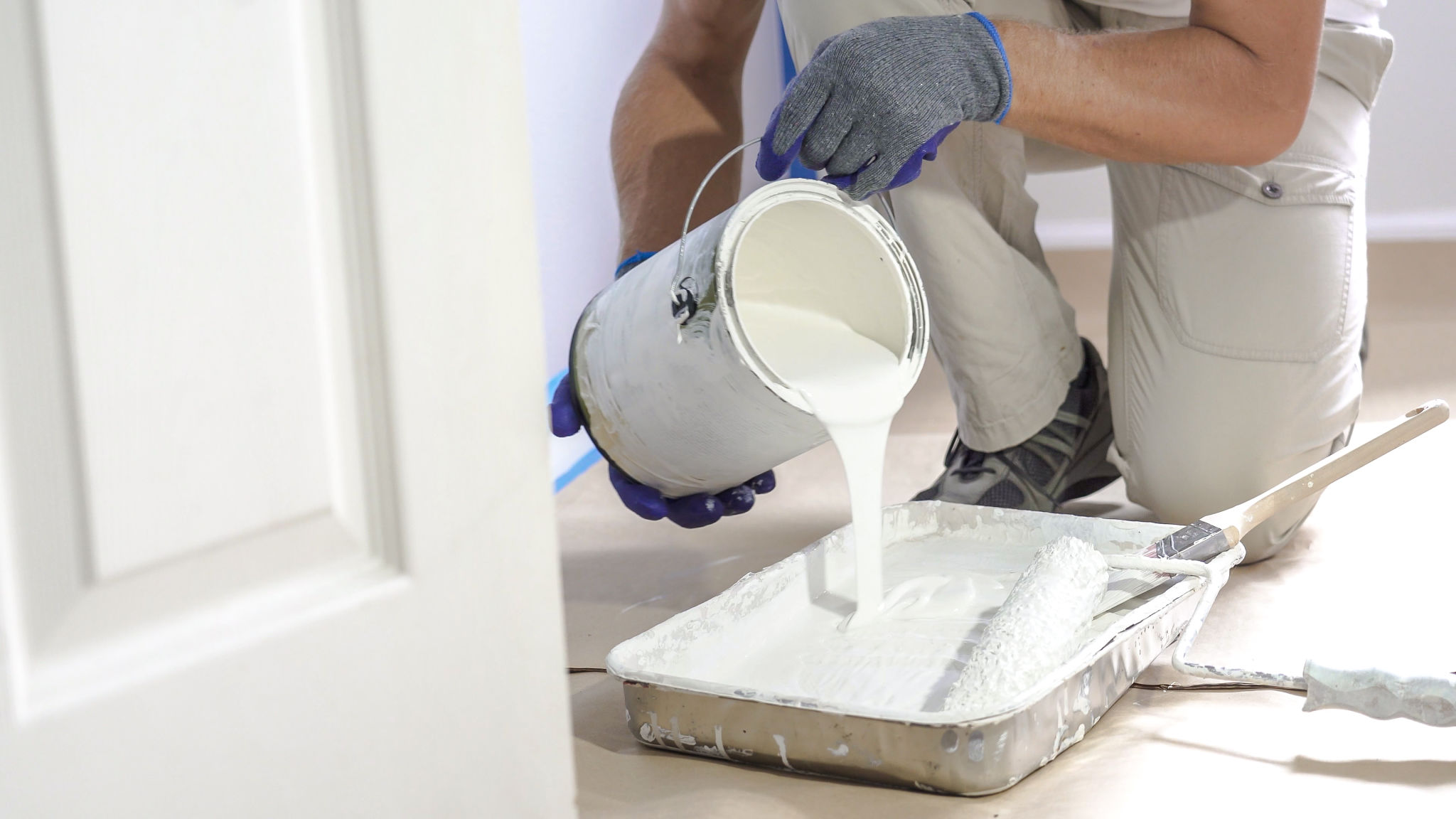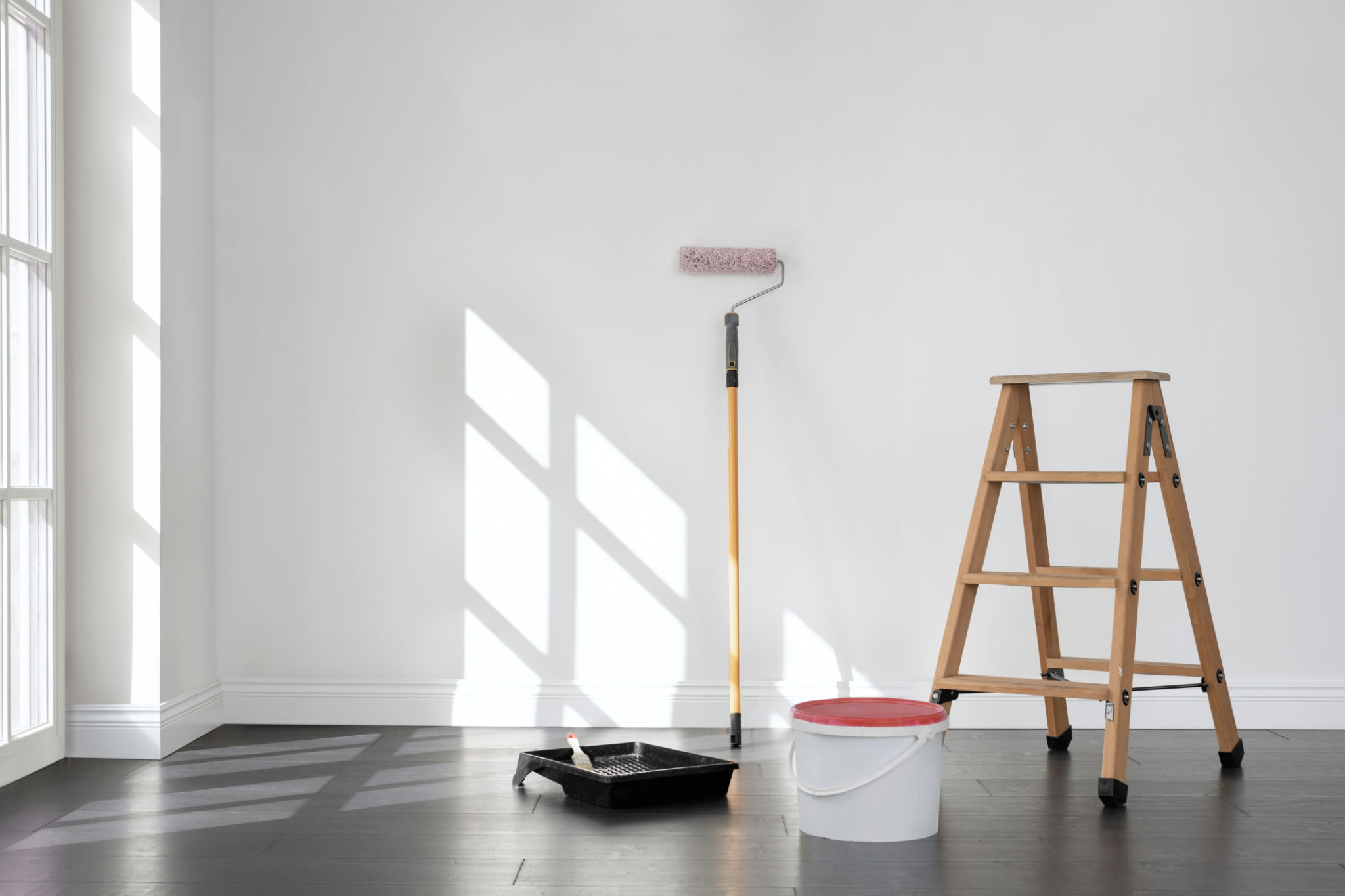Preparing Your Home for a Professional Paint Job: What to Expect
Understanding the Professional Painting Process
Hiring a professional painter is a great way to ensure a high-quality finish for your home. Before the team arrives, it’s beneficial to understand what the process entails. Professional painters often follow a structured approach, which includes preparing the surface, applying primer, and finally painting with precision.

By understanding these steps, you can better prepare your home and set realistic expectations for the project timeline. This preparation not only facilitates a smoother process but also helps achieve the best possible results for your home.
Pre-Painting Preparations
Before the painters arrive, there are several tasks you can undertake to ensure they can work efficiently. Start by clearing the area of furniture and decorations. This allows the painters easy access to walls and ceilings, minimizing potential accidents or damages to your belongings. If moving furniture is not feasible, consider covering them with drop cloths or plastic sheets.
Next, clean your walls to remove any dust, dirt, or grease that could affect the paint’s adhesion. This step is particularly important in kitchens and bathrooms, where residue tends to accumulate more rapidly. Additionally, repairing any holes or cracks in the walls will help create a smooth surface for the painters.
What to Expect During the Painting Process
Once the painters arrive, they will typically start by protecting non-paintable areas. This might include taping around windows, door frames, and molding. You might notice that professional painters use high-quality materials and tools to ensure precision and durability in their work.

The painting team will often apply a coat of primer before the final paint color. Primer helps cover up imperfections and provides a base that enhances paint adhesion. Depending on the paint type and color, multiple coats may be necessary to achieve the desired finish.
Post-Painting Considerations
After the painting is complete, there are a few more steps to ensure everything is perfect. Inspect the painted areas for any missed spots or uneven coverage. Professional painters usually conduct a thorough check themselves but don’t hesitate to point out any issues you notice.
Once you’re satisfied with the results, allow adequate time for the paint to dry fully before moving furniture and decorations back into place. This drying period can vary depending on environmental factors such as humidity and temperature.

Maintaining Your New Paint Job
To preserve the fresh look of your newly painted walls, establish a regular cleaning routine. Dust them periodically and clean any marks with a gentle soap solution. Avoid harsh chemicals that might damage the paint finish.
Consider scheduling periodic touch-ups every few years to keep your home looking vibrant. This is especially important in high-traffic areas where wear and tear are more common.
Final Thoughts
Preparing for a professional paint job involves several steps that can significantly influence the final outcome. By understanding what to expect and taking necessary pre- and post-painting actions, you can ensure a seamless process and enjoy beautiful results that enhance your home’s appeal.
